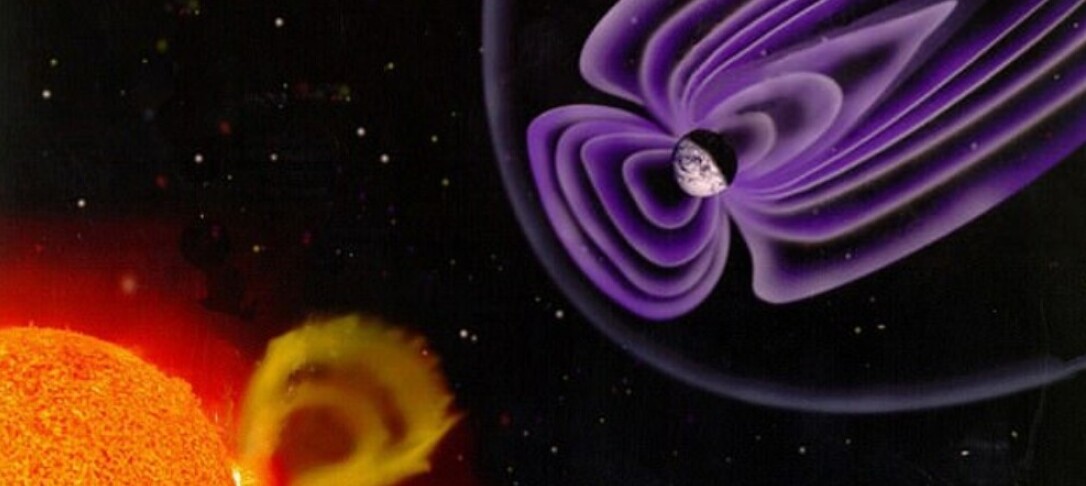
Professor Claire Nichols will deliver the ESE Departmental Seminar on Thursday the 26th of October 2023: “What has Earth’s magnetic field ever done for us? The role of the geodynamo in creating a habitable planet”.
Join us in room G41 – RSM Building – on Thursday 26th of October 2023 at 12h15.
Abstract
When considering why Earth is the only known habitable – and inhabited – world in our solar system, its magnetic field is often included as one of the many factors resulting in such favourable conditions for life. This is because magnetic fields protect planetary surfaces from harmful cosmic radiation and prevent the atmosphere from being eroded by the solar wind. Earth’s magnetic field is generated by the geodynamo; vigorous convection of electrically conductive molten metal in the outer core results in the dipolar magnetic field that surrounds our planet. We can use the signals preserved by magnetic minerals in rocks to examine the strength of Earth’s magnetic field back through geological time. However, this becomes increasingly challenging as metasomatic and metamorphic events cause these minerals to be altered or entirely replaced. Paleomagnetic records suggest that Earth’s magnetic field has been similar in strength for the last 3.5 billion years. However, there are many time periods with sparse data, and the existing data come with many caveats. New experimental approaches are now allowing paleomagnetists to revisit Earth’s early magnetic field history in a new light by combining magnetic microscopy, geochronology and petrology. By recovering more accurate records of Earth’s magnetic field strength through time, questions such as how the geodynamo behaved prior to the nucleation of the inner core, and the role of Earth’s magnetic field in mediating atmospheric escape, can be addressed properly for the first time. These observations will be critical for determining whether the magnetic field really played a crucial role in creating habitable conditions on Earth’s surface.
About the speaker
 Claire Nichols is an Associate Professor of the Geology of Planetary Processes at the University of Oxford. Her research uses magnetism as a novel tool to understand Earth and planetary formation, the environment of early Earth and planetary habitability. Earth has undergone billions of years of complex physical and chemical evolution leaving many questions about its earliest history unresolved. By interrogating the magnetic signals preserved by ancient terrestrial and extraterrestrial materials much insight can be gained as to how our solar system and planet formed and how life subsequently emerged. Claire combines synchrotron and electron microscopy techniques with rock magnetism, paleomagnetism and fieldwork in an attempt to understand planetary formation and Earth’s earliest history.
Claire Nichols is an Associate Professor of the Geology of Planetary Processes at the University of Oxford. Her research uses magnetism as a novel tool to understand Earth and planetary formation, the environment of early Earth and planetary habitability. Earth has undergone billions of years of complex physical and chemical evolution leaving many questions about its earliest history unresolved. By interrogating the magnetic signals preserved by ancient terrestrial and extraterrestrial materials much insight can be gained as to how our solar system and planet formed and how life subsequently emerged. Claire combines synchrotron and electron microscopy techniques with rock magnetism, paleomagnetism and fieldwork in an attempt to understand planetary formation and Earth’s earliest history.


